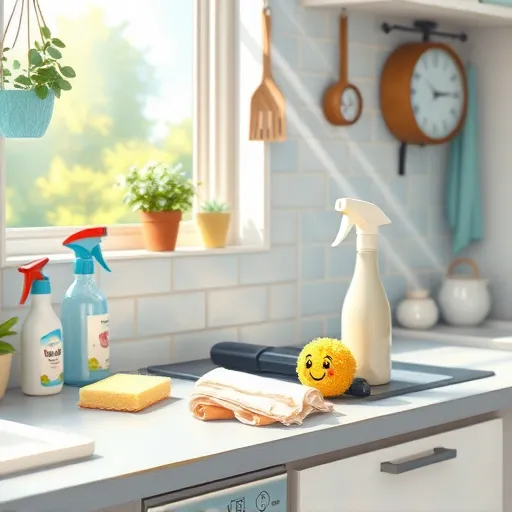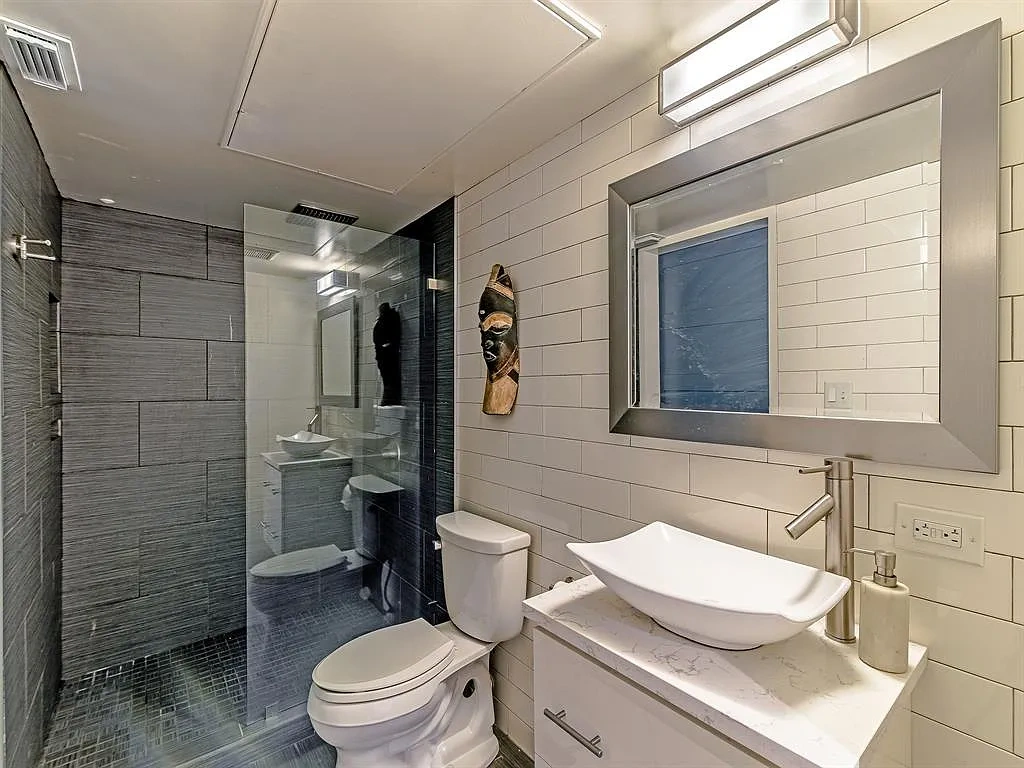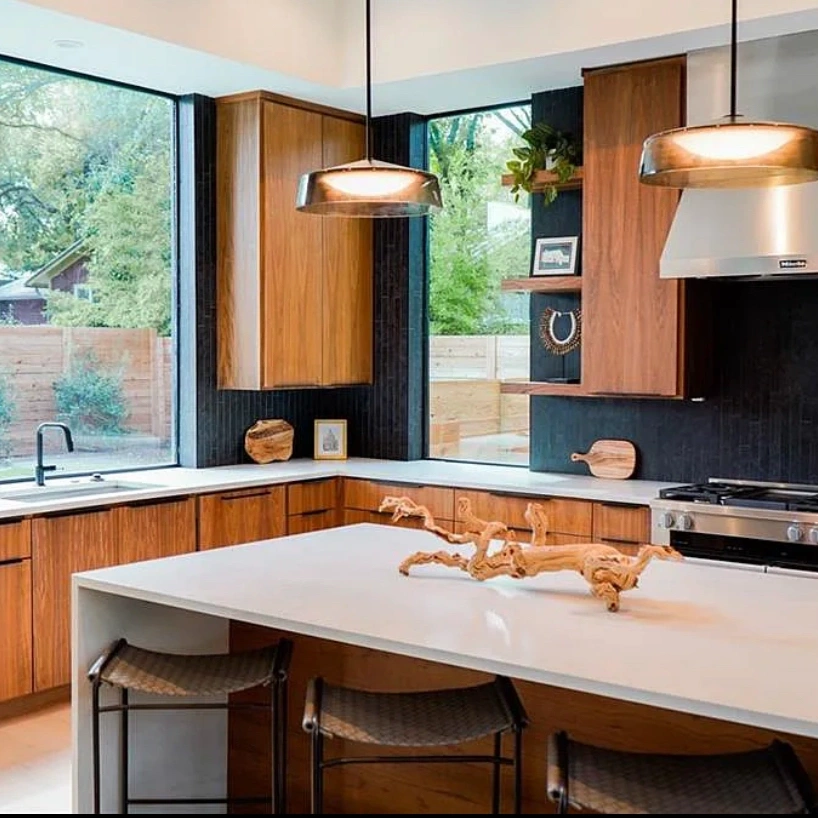
How to Clean and Maintain a Kitchen Backsplash | Expert Tips & Guide
Effective Strategies for How to Clean and Maintain a Kitchen Backsplash to Enhance Durability and Aesthetics
The kitchen backsplash is more than just a decorative element; it serves as a protective barrier against stains, splashes, and spills. Its durability and appearance are vital to maintaining a functional and attractive kitchen space. In this comprehensive guide, we will explore proven strategies on how to clean and maintain a kitchen backsplash, ensuring it remains pristine and resilient for years to come.
Why Is Proper Maintenance of Your Kitchen Backsplash Important?
Maintaining your kitchen backsplash is essential not only for aesthetic appeal but also for its longevity. A well-cared-for backsplash resists staining, prevents mold and mildew buildup, and retains its original shine. Whether your backsplash material is ceramic, glass, stone, or metal, the right cleaning routines can significantly extend its lifespan and enhance your kitchen’s overall value.
What Are Common Types of Kitchen Backsplashes and How Do They Differ?
Ceramic and Porcelain Tiles: Widely popular for their durability and ease of maintenance. They are resistant to stains and moisture but require proper sealing in some cases.
Glass Bbacksplashes: Modern and sleek, easy to clean with minimal maintenance. They are susceptible to scratches if not handled carefully.
Natural Stone: Adds elegance but requires regular sealing to prevent staining and damage from moisture.
Metal Surfaces: Durable and contemporary but can scratch and show fingerprints, needing specific cleaning techniques.
How Often Should You Clean Your Kitchen Backsplash?
To maintain its appearance and functionality, it’s recommended to clean your backsplash weekly. Regular cleaning prevents the buildup of grease, grime, and food residue. For heavy staining or after kitchen renovations, more frequent cleaning may be necessary.
What Are the Basic Supplies You Need to Clean Your Backsplash?
Mild dish soap or pH-balanced cleaner
Soft microfiber cloths or sponges
Non-abrasive scrub brushes (for tougher stains)
Vinegar or lemon juice (natural de-greasers)
Water in a spray bottle
Sealant (for natural stone and porous materials)
How to Clean and Maintain a Kitchen Backsplash? Step-by-Step Guide
Can You Use Harsh Chemicals on Your Backsplash?
It’s best to avoid harsh chemicals like bleach or abrasive scrubbers, which can damage the surface. Instead, opting for gentle, natural, or manufacturer-recommended cleaners will preserve the integrity of your backsplash and ensure safe, effective cleaning.
What Is the Proper Method to Clean Ceramic or Tile Backsplashes?
Remove loose debris by wiping with a dry microfiber cloth.
Mix a few drops of mild dish soap into warm water or use a pH-neutral cleaner.
Dampen a soft sponge or microfiber cloth with the cleaning solution and gently scrub the surface.
Pay special attention to grout lines, which tend to accumulate dirt and grime.
Rinse with clean water or wipe with a damp cloth to remove soap residue.
Dry with a clean towel to prevent water spots and streaks.
How Do You Remove Grease and Stubborn Stains?
For tough stains and grease, natural solutions like a vinegar-water mixture can be highly effective. Mix equal parts white vinegar and water, spray on the affected area, and let sit for a few minutes before scrubbing gently and rinsing. For more resilient stains, baking soda paste (baking soda mixed with a small amount of water) applied to the stain and left to sit can help lift the grime.
Is Sealing Necessary for Certain Types of Backsplashes?
Yes, natural stone backsplashes such as marble, granite, or travertine should be sealed regularly to prevent staining and moisture infiltration. Sealing can be performed once or twice a year, depending on usage and manufacturer recommendations. Sealing not only helps maintain the appearance but also enhances the durability of the surface.
How to Properly Care for Glass and Metal Backsplash Materials?
For glass backsplashes, use a mixture of warm water and a few drops of dish soap, then wipe with a microfiber cloth. For metal surfaces, avoid abrasive cleaners; instead, use a gentle cleaner specifically formulated for metal finishes. Regularly wipe down these surfaces to prevent fingerprints and smudges, maintaining a sleek, pristine look.
What Are Some Tips for Maintaining Your Kitchen Backsplash After RenovATION?
Post-renovation, it’s crucial to establish a cleaning routine using products suitable for your backsplash material. For a sophisticated look, consider exploring bold backsplash patterns that complement your kitchen design. Keep the surface free of debris and avoid harsh scrubbing to preserve the newly installed finish.
How Can Regular Maintenance Enhance the Aesthetic Appeal?
Consistent cleaning prevents discoloration and deterioration over time, keeping your kitchen looking fresh and inviting. Well-maintained backsplashes can serve as a focal point, elevating your entire kitchen design. For inspiration, explore luxury remodels to see how a beautiful backsplash complements upscale kitchen renovations.
Are There Eco-Friendly Methods to Maintain My Kitchen Backsplash?
Absolutely. Using natural cleaning solutions such as vinegar, lemon juice, and baking soda reduces chemical usage and is safer for your family and the environment. Additionally, choosing eco-friendly sealants preserves natural resources while maintaining the integrity of porous materials.
What Are Common Mistakes to Avoid When Cleaning Your Backsplash?
Using abrasive scrubbers or harsh chemicals that damage the surface.
Neglecting grout cleaning, which can lead to mold and discoloration.
Failing to seal porous materials regularly.
Overlooking regular maintenance, leading to buildup over time.
Where Can You Find Professional Help for Extensive Backsplash Repairs or Renovations?
If your backsplash has sustained damage or you’re considering a complete redesign, consulting with experts can ensure optimal results. Craftsman Collective Remodeling Austin specializes in upscale kitchen renovations, including custom backsplash installations and repairs. To explore various design options and professional services, visit our custom kitchen design page.
Frequently Asked Questions (FAQ)
How do I clean a greasy kitchen backsplash without damaging it?
Using a gentle cleaning solution like a mixture of warm water and mild dish soap will effectively remove grease without harming your backsplash. For stubborn grease, natural solutions like vinegar can be used, always testing first on a small, inconspicuous area.
Can I use steam cleaning for my backsplash?
Steam cleaning can be effective for ceramic or tile backsplashes, providing a deep clean without chemicals. However, avoid using steam directly on natural stone unless it is sealed and designed to withstand moisture.
What maintenance routine should I follow after installing a new backsplash?
Establish a weekly routine of gentle cleaning to prevent grime buildup. Seal porous surfaces at least once a year if applicable, and address any stains or damage promptly to maintain aesthetics and durability.
Are there any specific products recommended for cleaning metal or glass backsplashes?
For metal surfaces, use non-abrasive cleaners formulated for metal finishes, avoiding products with harsh abrasives or chloride-based cleaners. For glass, distilled water and a microfiber cloth, supplemented by a glass cleaner if needed, will keep it streak-free and pristine.
Conclusion
Maintaining the cleanliness and integrity of your kitchen backsplash is fundamental to preserving your kitchen’s beauty and functionality. Regular cleaning routines, using appropriate products, and understanding your backsplash material's unique needs will ensure it remains a durable and stunning feature for years to come.
Whether undertaking a renovation or simply seeking to preserve your current backsplash, partnering with experts like Craftsman Collective Remodeling Austin can help you achieve your aesthetic and functional goals. Explore our comprehensive remodeling services to elevate your kitchen’s style and longevity.





















